We can often count on our routine to get us through another day, and in part, today won’t be much different. Add a few new tasks, and suddenly I feel busy, as we may have been in times before COVID-19.
Today’s photos were from this date in 2014 when our ship docked in England, enabling us to take a tour of Stonehenge. See this link for details.
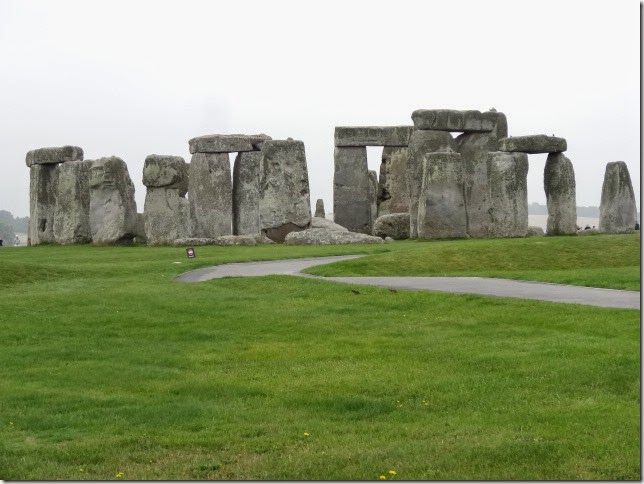 |
| Alternate view of Stonehenge. |
I can’t wait for the busy days in the future once we leave India, including cooking, laundry, household tasks, and sightseeing. Heading out every two days to take photos added to our level of activity, and of course, weekly trips for shopping and other errands often occupied our days.
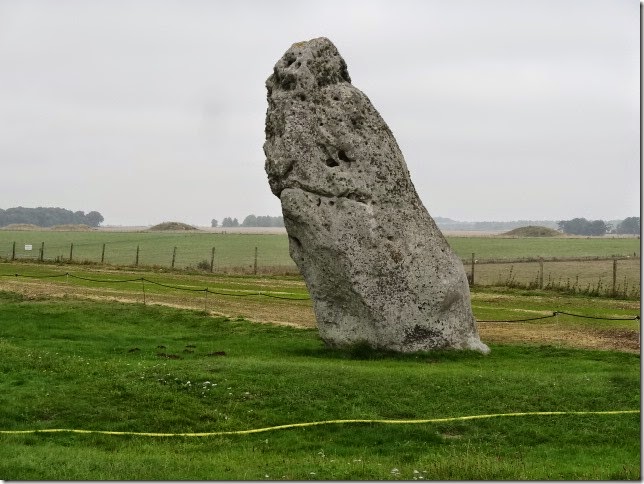 |
| An additional rock had been discovered. |
At this point, we realize and accept we may not be able to get back into South Africa until after the first of the year. Of course, if we ever get back to Marloth Park, we will easily spend an entire day fussing over the visiting wildlife, chopping carrots and apples for them, and later chopping and dicing vegetables for our meals. Gosh, I miss all of that.
 |
| Tom at Stonehenge. |
But, as time passes, we can see other countries may be possible for us while we wait for the borders to open in S.A. At this point, it’s all about being able to fly out of India and head to a country close in or close to the African continent.
 |
| Me, at Stonehenge. It was raining, and we were fairly soaked. |
It would have been possible to walk my goal of 10,000 steps a day simply by partaking in day-to-day activities in our old lives. It has taken several months for me to build the stamina that I lost after heart surgery. Still, finally, all these months later, I genuinely believe I will be able to go forward in a way similar to life before February 2019.
When I think back to a year ago, while we were in Falmouth, Cornwall, England, I had a terrible time walking to the local restaurant/pub, all uphill. Now, it would be considerably more manageable. For us, exercising has been an unexpected benefit of being in lockdown, basically forcing us to get moving instead of sitting all day.
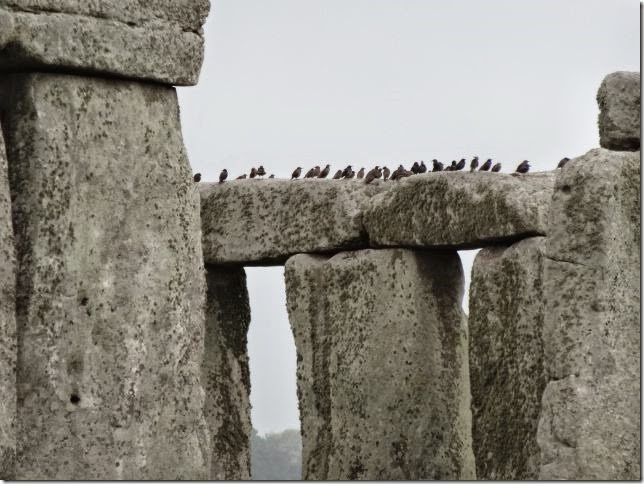 |
| Birds at Stonehenge. |
Back to today’s photos. The June 2020 discoveries were made by archaeologists regarding the origination of these unusual rock formations as described here from this article:
“June 22, 2020: The mystery near and around Stonehenge keeps growing. According to an announcement from the University of Bradford, the latest revelation is the discovery of a ring of at least 20 prehistoric shafts about 2 miles from the famous Neolithic site of immense upright stones.
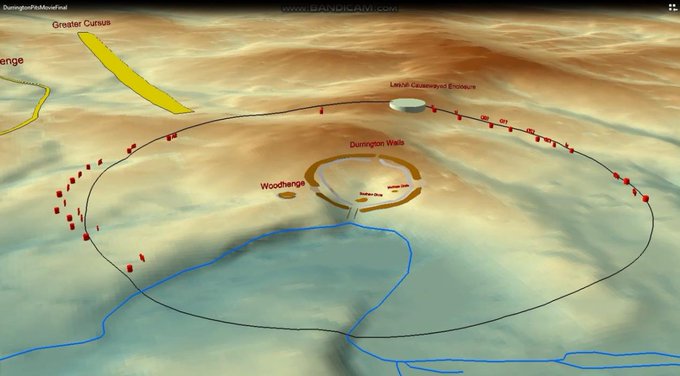
Archaeologists say the “astonishing” shafts in Durrington Walls date back to 2500 B.C. and form a circle more than 2 kilometers (1.2 miles) in diameter. Each measure up to 10 meters (33 feet) in diameter and 5 meters (16 feet) deep.
Researchers say there may have been more than 30 of the shafts at one time.
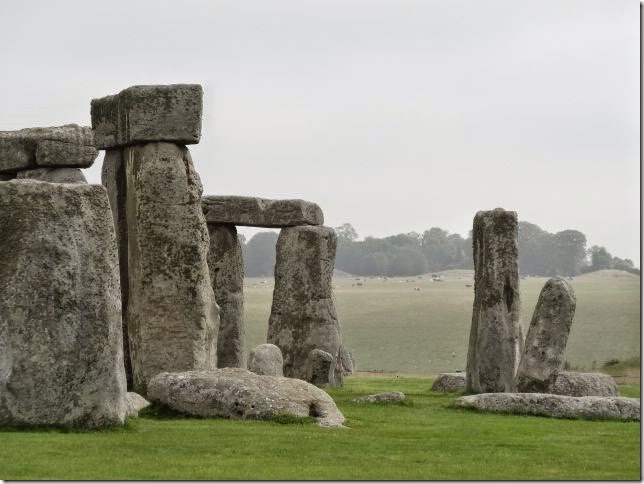 |
| Alternate view. |
“The area around Stonehenge is among the most studied archaeological landscapes on Earth, and, remarkably, the application of new technology can still lead to the discovery of such a massive prehistoric structure which, currently, is significantly larger than any comparative prehistoric monument that we know of in Britain, at least,” said Professor Vincent Gaffney of the University of Bradford.
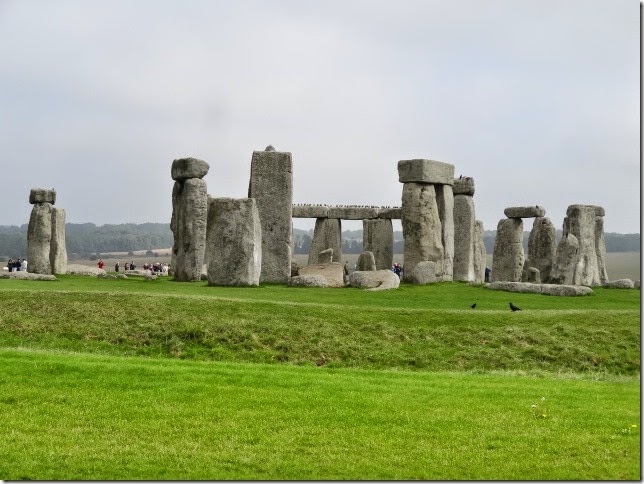 |
| View from the opposite side. |
The research was conducted by a consortium of archaeologists as part of the Stonehenge Hidden Landscape Project. The University of Bradford was the lead institution, joined by Vienna’s Ludwig Boltzmann Institute for Archaeological Prospection and Virtual Archaeology; the Universities of Birmingham, St. Andrews and Warwick; the University of Wales Trinity Saint Davids; and the Scottish Universities Environmental Research Centre at the University of Glasgow.”
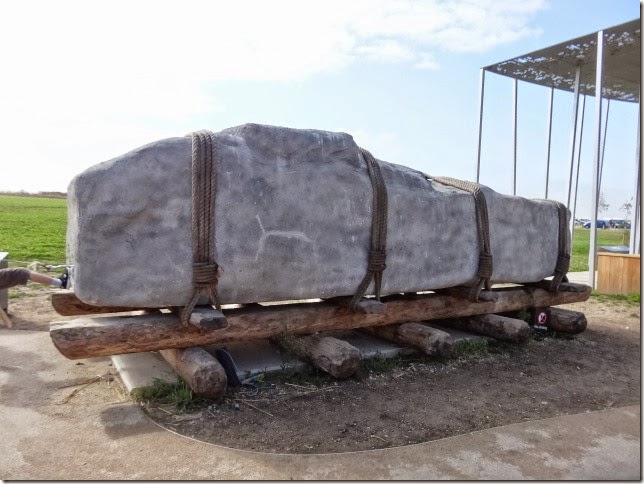 |
| Large stone recovered from the area to illustrate the massive size of the stones. |
This discovery doesn’t definitively explain how the rock formations were constructed. Still, it perhaps gives future scientists a little more information to add to their repertoire of data accumulated over the past few centuries. It will be interesting to see if more information rises to the surface in our lifetime.
 |
| Zoom in to read this text of the skeletal remains of a man found in Stonehenge. |
In any case, we certainly enjoyed seeing the famous rock formations when we were allowed to walk on a paved pathway surrounding the area. For more on this, please see our post from September 3, 2014, here.
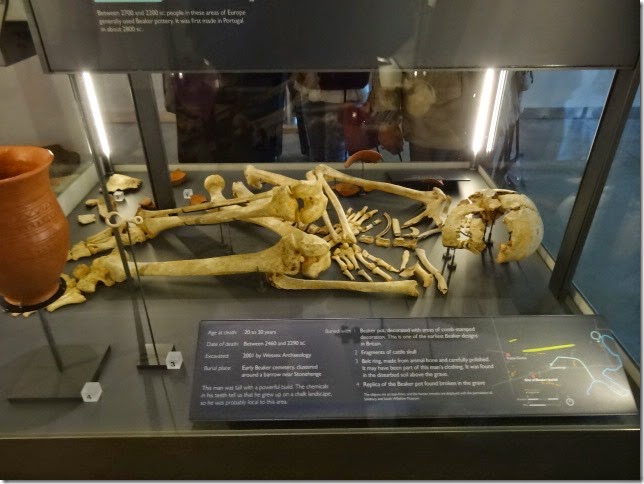 |
| More skeletal remains were found in Stonehenge. |
For today, I’m glad I had the above information to add to today’s post since I’m in somewhat of a rush to get to work on some tasks, details of which we’ll share later.
Have a pleasant day.
Photo from one year ago today, September 3, 2019:
 |
| Entrance to the Church of St. Mylor in the sleepy town of Mylor, Cornwall. For more photos, please click here. |

